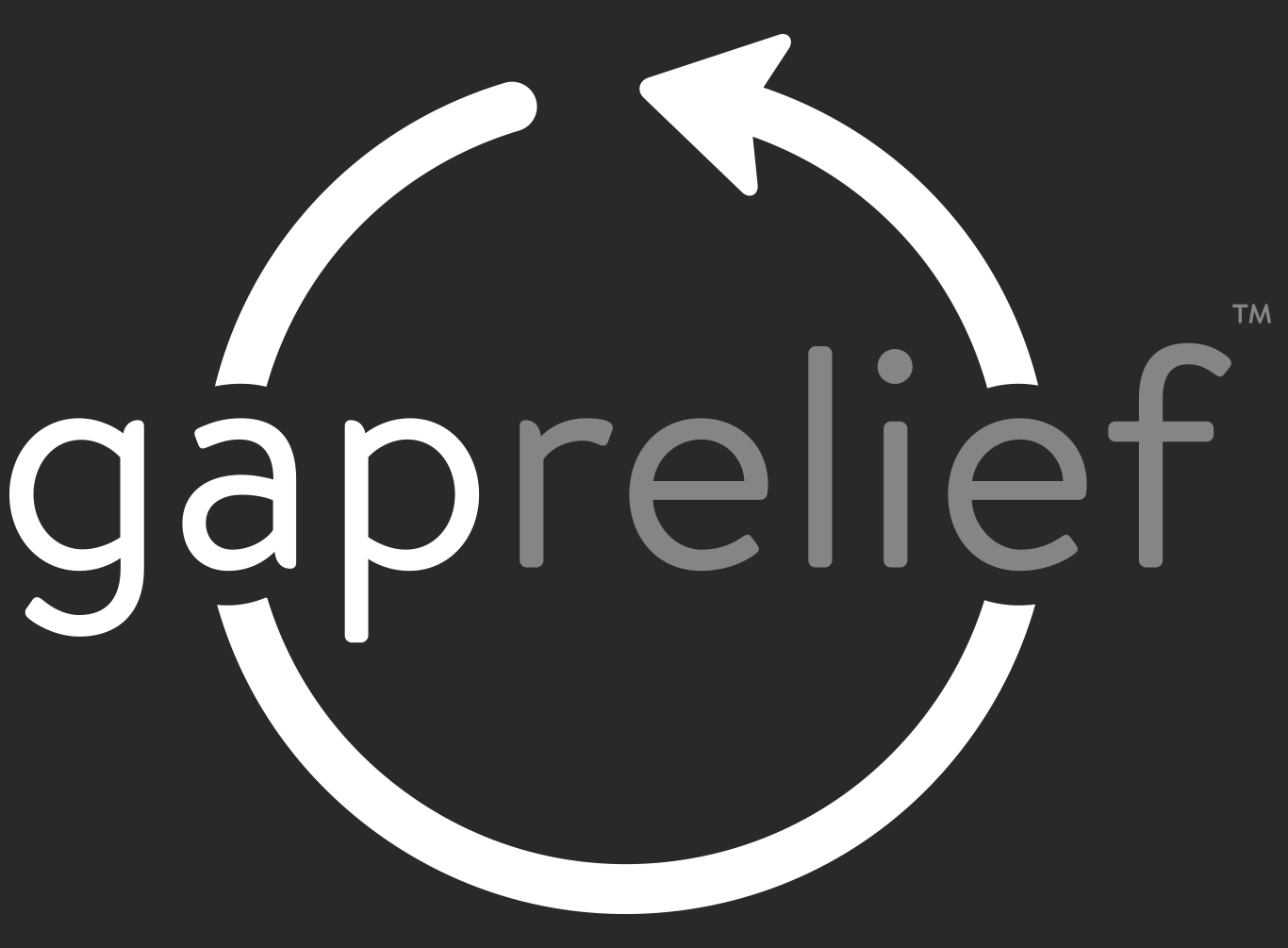Amy Butler:An Adoptive Parent Perspective
Below are the words of one of Gap Relief’s Co-Founders, Amy Butler. Amy is a trauma therapist, a Gap Relief Director, and an adoptive mother. She and her family have adopted twice–once privately and once through the foster care system. She is also a former foster parent trainer and works with adoptive families post-placement to prepare, equip, and walk alongside them through their adoption journey.
In the adoption community as well as the larger community around us, there are often differing views on adoption. While adoptive parents have often been the focus of the discussion surrounding adoption, there is still much misunderstanding surrounding what parents experience and have to navigate as they walk through the muddy waters of trauma, intertwining relationships, and integrating a new member into their family. We have previously posted blogs featuring the voices of an adoptee and a birth mother–each of which deserves to be elevated more often in adoption discussions. But today, we are going to highlight some of the struggles that adoptive parents face and how we as a community can surround them with love, understanding, and the help they actually need.
Adoptive families take a journey that does not often fit mainstream concepts of how a family should operate. Adoptive families often spend their daily lives navigating trauma levels, neurodiversity, and attachment challenges. This unique terrain requires adoptive families to walk parenting and familial relationships in ways that might not make sense to others. In fact, adoptive families might often experience judgment in these differences. Traditional parenting has to be replaced with trauma-informed parenting.
There is often no social script for how a community can wrap around an adoptive family. If the adopted child enters their family as a baby, it’s possible that the traditional social script of a baby shower may enter the scene. However, there are fewer social scripts for when an adopted child enters a home as an older child or teenager. Families adopting older children have just as many needs for community support as those adopting babies, but there are fewer eyes to see these needs.
Sometimes adoptive families will get comments such as “that child is so lucky to have you“. These kinds of comments are usually understood as kindness by the adoptive family, but there can also be pain connected to hearing them . Most adoptive families do not tell the story that they are their child’s hero. The adoptive family holds space for the biological family with grief in their heart. There is usually not a lot of pride in being a child’s rescuer. Instead, there are complex emotions of grief, humility, brokenness, and a recognition that adoption starts with a disruption for all involved.
Another major misunderstanding can occur when it becomes necessary for an adoptive family to disrupt their adopted child from their home. Most families that come to this decision do it with great grief in their heart after a considerable amount of fighting for the child to stay. In most cases, the decision to disrupt becomes about restoring safety for other children in the home who are traumatically impacted by this child. It is my experience that families who have walked this heartbreaking journey are brave and face the honest truth of their situation head on. In this place, there are no pretty answers and no pretty decisions. It truly feels like a no-win situation. And yet at the end of the day, all children deserve to be safe and fought for. Sometimes this means a child needs to be placed in another situation for them to have their best chance at life. When this happens, this family needs a lot of compassion and care. They walk the journey that most people would never choose to walk (adoption and foster care), and they deserve to be respected in the hard they chose to walk on behalf of vulnerable children.
Now that we understand a bit of what adoptive families face, it’s important to highlight how these parents are often left feeling unequipped and alone in what they have chosen–a facet of adoption that Gap Relief hopes to help change in our work with adoptive families. Most agencies really put great effort into trying to train families to be prepared for upcoming foster care or adoptions. However, it is one thing to hear and know a truth and it is another entirely to experience it firsthand. Most families are prepared cognitively for the journey, but are often shocked and overwhelmed when the experience of that truth actually hits them. This is why having a support system in place and ready to support us is so important. When the experience of the hard actually hits, we need people doing very practical things for us. Allowing others to do the things that they are able to do allows the adoptive family to focus on what only they can do which is attach, bond, and care-give.
In my own story, I was highly impacted by the trauma levels of the children we brought into our house. As a protector and caregiver to them, what was done to them had to come out and be cared for over time. When these hurts come out it’s really challenging and exhausting. They deserve to have the safety to work through what has happened to them, and at the same time the adoptive parents are having to build resilience to their kids’ behaviors and needs. The trauma impact adoptive families experience here often requires them to seek their own trauma care.
A disclaimer should exist for the beginning of an adoption journey. “Once you enter, you will never be the same. The painful gift given to you by your adopted child will be that you can no longer be unaware of your own stuff. You will continually have to choose if you will heal or self destruct. You will learn to love in a way that is not of this world. It won’t be fair. You will lose people along the way. You will be judged. You will also lose and find yourself. You will grieve. But one day you will wake up and see with new eyes.”
If there are other children in the home, these children also incur trauma impact from adoption. Each child deserves to be assessed for impact and given the resources they need to work through any transitions or painful experiences connected to the adoption. It truly is disruptive for all involved–including grandparents and other extended family members.
Healthy adoptive families lean into the resources around them and ask for help. They recognize they can’t do what they’re doing alone and that they need a strong community that steps in to help in practical ways. Healthy also looks like engaging trauma care resources and making space for each member to be where they’re at with the impact and their growth journey. Healthy looks like truth-telling, grace, love, taking breaks, rest, repairing ruptures, expectations that match where each member is, healthy boundaries, parenting in a trauma-informed way, space for siblings to have their own space and interest, and more.
Unhealthy adoptive families would look the exact opposite of this. An unhealthy system may look like a family who overly isolates, avoids uncomfortable truths, never asks for help, stays too private, avoids trauma care resources, places mainstream family dynamics onto themselves, is not open and honest, or does not show respect to biological families.
Each member of the family could highly benefit from trauma-informed counseling. Adoptive families really do engage a more intense reality than other mainstream families. They simply need more support to sustain their mission.
So, how can we as a community support and understand foster and adoptive families better? First and foremost, we can do practical things to love on them! There are things about parenting adopted children that require much of the adoptive parents, and extended community simply cannot meet those needs. However, to offer to mow the yard, create a meal train, put up their Christmas decorations, etc. will make all the difference in the world to them. This is the kind of relief that helps them stay on their mission.

